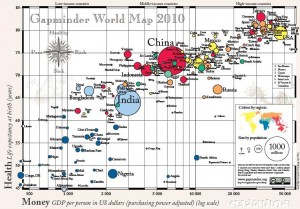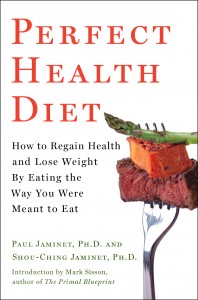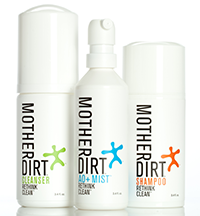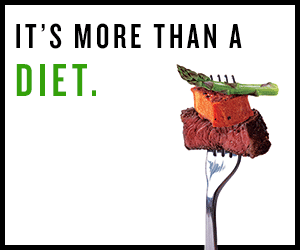What makes a centenarian? One ingredient, I think, is home cooking.
I had some fun with a nutritional brain teaser not long ago. The point of it was that almost any food – including cookies, ice cream, and potato chips – can be healthy if the ingredients are good, and any food will be unhealthy if the ingredients are toxic. Unfortunately, most prepared foods in supermarkets, and many restaurant foods, are made with toxic ingredients. It’s a sad commentary on today’s world; but if you want a long life, it’s almost essential to cook your own food.
I get a daily Google alert with news stories about centenarians. One of the most common features is that centenarians like to cook. The following three stories all came on the same day:
Via the Leesburg (Florida) Daily Commercial:
Great-great grandmother Mary D. Nix, 101, has a zest for life and believes it’s vital to live by the Golden Rule.
“I’m going to keep on living,” she said….
Born on July 28, 1909, in Leary, Ga., she married her husband, Elijah, when she was 16. The couple lived in Tangerine and Nix worked for more than 40 years as a domestic housekeeper.
“She worked for rich people all of her life, keeping the houses cleaned, their dinners cooked, and children fed,” said Thelma Hayes Wooden, the second oldest of Nix’s 17 grandchildren.
“She still thinks a woman’s job is in the kitchen,” Wooden said with a chuckle, recalling her grandmother would share advice with her family and others in her care.
Via the Burton (Staffordshire, UK) Mail:
The birthday girl said she used to enjoy cooking, knitting, sewing and gardening when she was younger.
Mrs Wright said: “I enjoy life very much and especially living in the home….
“I’ve had so many highlights in my life and I couldn’t tell you what the secret to a long and happy life is, as I’m not sure.”
Via the New Haven (Connecticut) Register:
Her other son, Anthony Monaco of Denver, Colo., said his mother was feisty, a great cook and a hard worker. “She and my dad did a very good job of putting food on the table and raising us,” he said. “She would walk two miles from work to home each night, stop at the store and gather all the ingredients for that night’s dinner, come home, make dinner and get out the ironing board.
“She worked hard all day and pretty much all night. She also was a devout Catholic.”
Monaco died July 12 at age 100….In her spare time, she liked to play cards, crochet, knit, cook, garden, walk, go to the casinos, dance and listen to Italian music.
Another common feature of centenarians is that they are cheerful and highly sociable. Centenarians always seem to have many friends.
Sociability does not always imply marriage: a surprisingly large number of centenarian women have never married. But marriage is no bar to longevity, as Wook Kundor of Malaysia shows:
Centenarian Wook Kundor is all alone again.
Her husband Mohd Noor Musa, who is seven decades her junior, was rearrested for a drug-related offence on Sunday….
“He reneged on his promise not to indulge in drugs. But I can’t live without him,” she said when met here yesterday….
“I don’t know what is wrong with him. Probably he is bored without a steady job,” she said.
Wook Kundor said police had told her that her husband had tested positive for heroin….
She married Mohd Noor, her 23rd husband, five years ago.
Perhaps what makes a centenarian is this: “You can go to extremes with impossible schemes / You can laugh when your dreams fall apart at the seams / And life gets more exciting with each passing day / And love is either in your heart or on its way / Don’t you know that it’s worth every treasure on earth / To be young at heart.”












Recent Comments